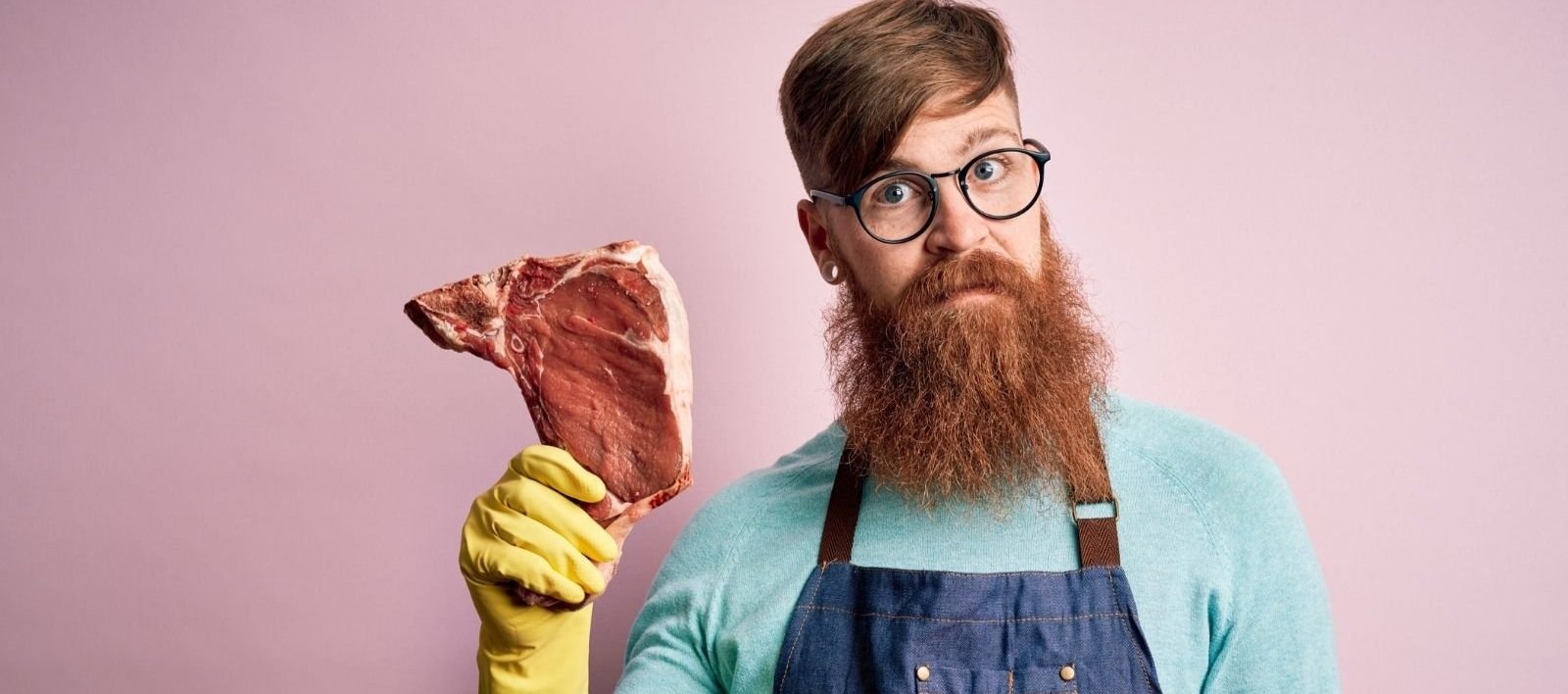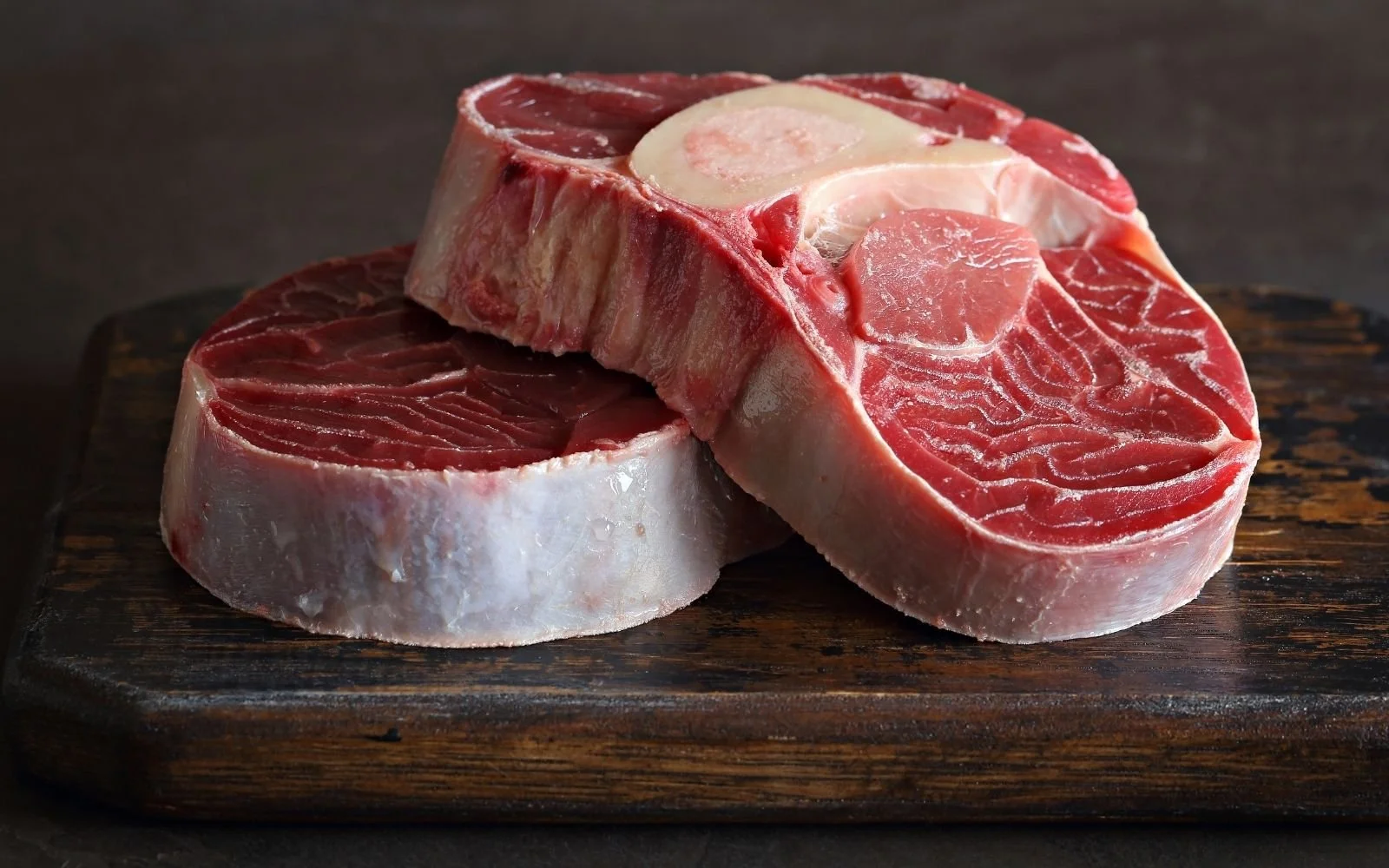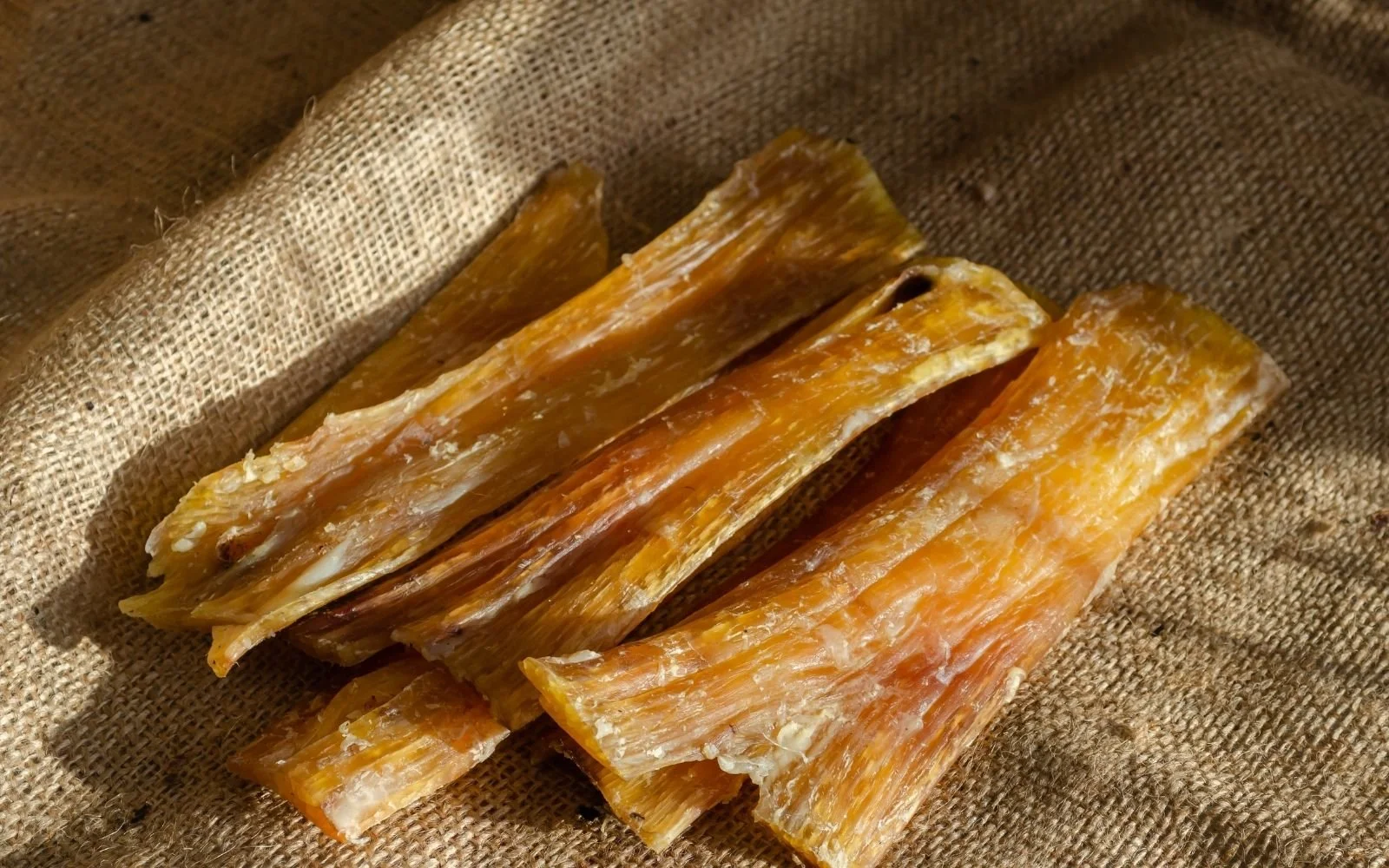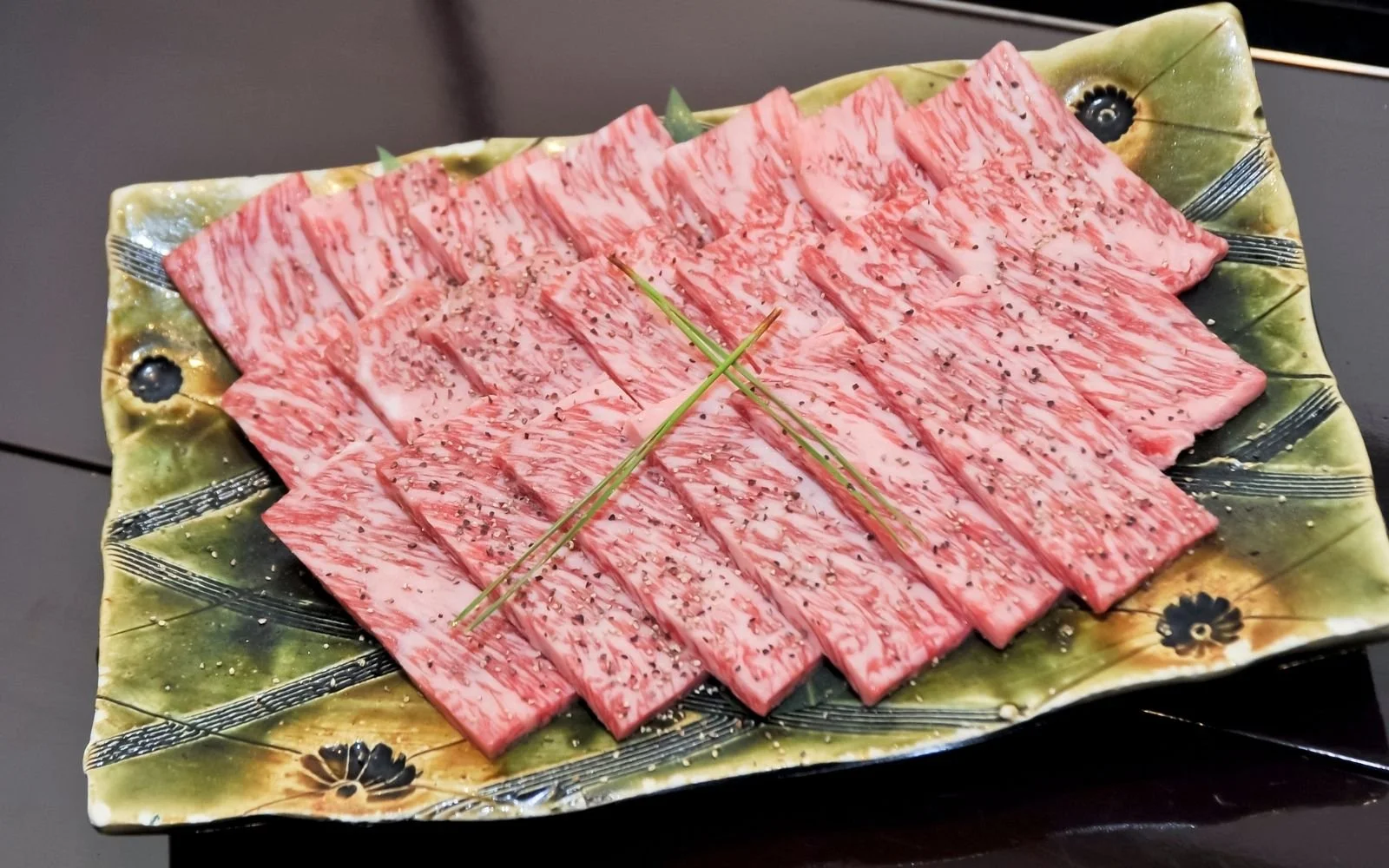Meat Science in the Everyman’s Kitchen
Discover > Texas Home Cooking > Meat Science in the Everyman’s Kitchen
Texans' affinity for their "meat culture" or "beef culture" is an enduring legacy of the Spanish colonists, who introduced cattle to the region in the 18th century. Now, Texas boasts the largest cattle population among all the US states, with its cattle industry contributing significantly to the state's economy. BBQ joints and steakhouses, a common sight in our cities and towns, are a testament to the Texans' love for meat.
Scientific progress, specifically in the field of veterinary science, has revolutionized cattle raising, catapulting Texas' meat industry to one of the largest in America. Advanced breeding techniques, improved animal health measures, and efficient farming practices have all contributed to this growth.
Interestingly, the influence of science is not confined to the fields and pastures. It permeates into our kitchens, altering the way we handle, cook, and consume meat. From precise temperature controls for cooking to the development of innovative meat-based dishes, science invigorates the culinary landscape of Texas. This intertwining of tradition and technology, of the old ways and new methods, is what makes Texas' meat culture uniquely vibrant and evolving.
Meat Essentials
Once you embark on cooking some meat, you also need to be an expert in meat science. You become sort of a scientist, dealing with everything from anatomy and chemistry to physics and even pathology. By understanding these things, you’ll learn how to soften meat while cooking. No matter whether you’re grilling, roasting, boiling, or frying, heat energy is used to create physical and chemical changes.
Meat is made up of animal muscle, which consists of water, protein, fats, carbohydrates, vitamins, minerals, salt, and sugar. A sizable portion of meat, or muscle, is water – around 75%, depending on the cut, kind of meat, and type of muscle. Beef meat is about 72% water, 21% protein, 6% fat, and 1% other substances.
The high percentage of water is the reason why raw meat decreases in size during cooking, as water is lost in the process. Higher cooking temperatures, as well as the amount of time the meat is exposed to heat, increase the amount of water lost from the meat. Cooking your meat product at a high temperature or for too long will cause it to shrink further.
Meat quality is a critical aspect of the meat science industry. It encompasses all the factors that influence the palatability and appeal of meat products, including but not limited to aspects of animal growth, nutritional content, and conditions of storage and handling.
A meat science program is often a valuable component of agricultural and food science studies. These programs provide an interdisciplinary and international knowledge base, offering insight into the complex processes that contribute to the quality of both raw and processed meats.
To advance the field, many professionals contribute to a leading journal in the meat science field. Such journals are respected platforms for article submission, providing a peer-reviewed space for sharing research findings and discussing innovative practices in the industry. The continuous exchange of information and ideas through such platforms is crucial in maintaining and improving global standards of meat quality.
Muscle and Proteins
The animal meat we eat consists of muscle fibers bundled up as sheaths. These fibers contain myosin and actin, the proteins responsible for muscle contraction. The muscles constantly used by animals for movements, such as the shoulders and legs, naturally, get bigger and tougher.
The reason some meats are naturally tender is that they come from muscles that are neither used for movement nor developed for the function of mobility.
Once an animal goes to the slaughterhouse, blood is drained from its body. The red juices that you see on your medium rare steak are not blood but rather myoglobin, another kind of protein. Myoglobin helps muscles function by allowing them to receive oxygen and iron from hemoglobin.
Myoglobin is soluble in water, thus when meat or muscle is heated, myoglobin dissolves in the water and seeps out when we cut our meat. This is what’s commonly mistaken as blood.
However, while blood is a deep dark red, myoglobin is paler and more pinkish. As the meat is exposed to heat, the myoglobin becomes more and more pale, eventually turning into a pinkish liquid. It’s just water and protein.
"Purge" is a natural byproduct of packaged meat, primarily composed of water and a protein called myoglobin. This protein, found in muscle tissue, is responsible for giving the meat its red color. When raw meat is packaged and stored, myoglobin often mixes with the water in the meat, creating the "purge" you see.
Contrary to common misconceptions, this liquid is not blood. Most of the blood gets removed during the slaughtering process. While the presence of purge might be slightly off-putting, it is in no way an indication of the quality or freshness of the meat.
Purge is made up of water and myoglobin. The muscles in animals have neutral pH levels. Once animals are slaughtered for meat, the pH levels turn acidic. This acidity forces the muscle to squeeze out this juice-like combination of water and myoglobin.
Connective Tissues
Often the least favorite part of a meat product is the tendons and ligaments. These are the connective tissues of an animal. Tendons connect muscles to bones, while ligaments join bones to other bones.
Another connective tissue is the thin, white, silvery sheen that wraps around the muscle. We call this ‘silver skin’ and it’s commonly found on beef, pork, and lamb tenderloins. It’s made up mostly of collagen and elastin, and it is often removed before cooking.
Collagen is a soft connective tissue that holds the surrounding fibers and sheaths. This soft connective tissue forms a supportive framework, keeping the surrounding fibers and sheaths in place. It plays a crucial role in maintaining the structural integrity of various tissues, including skin, tendons, ligaments, and bones.
For meat cuts that are rich in collagen, such as ribs, brisket, and shoulders, a large amount of cooking time is needed to make them tender and not difficult to chew. You can use stewing or braising to liquefy the collagen into gelatin and thus tenderize the meat.
These connective tissues can seize up tightly if cooked too quickly. This is why these meat cuts should be cooked slowly so that the connective tissues have time to relax and not become bundled up.
It is recommended to slow-roast meats at 225°F. When meat is cooked slowly, the water inside simply evaporates.
Fats are Good Too!
Lipids, or fats, are a critical fuel source for our muscles, yet their role is often misunderstood and underappreciated. There is an ongoing debate among healthcare practitioners and wellness enthusiasts about the health impact of animal fats. These fats have been accused of contributing to a myriad of ailments including heart and liver diseases. In the pursuit of a healthier lifestyle, fats in general have received a bad reputation over the past few decades.
However, it's noteworthy that animal fats carry essential nutrients. When consumed in a balanced manner, they supply our bodies with energy and provide crucial support for our nerves, brains, skin tissues, and hormones. Hence, it's critical to reassess our dread of animal fats and acknowledge their potential health benefits, rather than succumbing to unfounded fears.
Recently, there's been a shift in the narrative around animal fats, and they are now being recognized as vital to a balanced diet rather than obstacles to healthy living. This shift is attributed to the emergence of a new dietary villain – artificially created hydrogenated fats. These fats, laden with trans fats, are challenging for our bodies to metabolize, leading to weight gain rather than improved health.
From a culinary viewpoint, fats are made up of the following: subcutaneous fats (found under an animal’s skin), intermuscular fats (found between muscles), and intramuscular fats (found in muscle fibers and sheaths). This latter is also referred to as “marbling”, particularly when it comes to steak cuts.
Fats provide meat with much of its flavor, and is, in essence, why it tastes so good. They absorb the aromatic compounds found in the animal’s food and contribute to the overall flavor of the meat. Fats also are important for meat texture, with fats loosening muscle fibers during cooking.
Observing the shift in perception of animal fats from being a health menace to a crucial dietary element, it's clear that the field of food science is continuously evolving.
In search of prime meat cuts? Locate a nearby artisan butcher today.
For top-tier brisket dining experiences in Texas, follow this link.
Would you like to learn how to cook steakhouse quality steak? Click here.
To learn more about Texas BBQ tips and tricks, click here.






